Tokyo Report
by japan-guide.com
This is the official japan-guide.com autumn color report for 2010. Please visit also our guide to autumn leaves for more general information and our schedule of upcoming reports.
| previous post |
| next post |
2010/11/16 - Tokyo Report
by francois
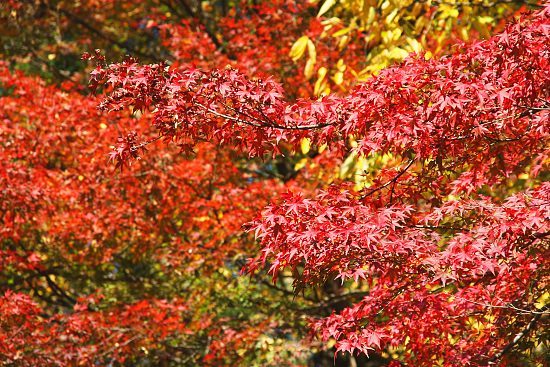
After our autumn color report from Kyoto's Takao yesterday, today I investigated the state of the leaves in the Kanto region's Takao, a mountain within metropolitan Tokyo. I also visited two autumn color spots in the city, the Rikugien Garden and the Icho-namiki Ginkgo Avenue, but the city's colors won't begin in earnest for at least a few more days.
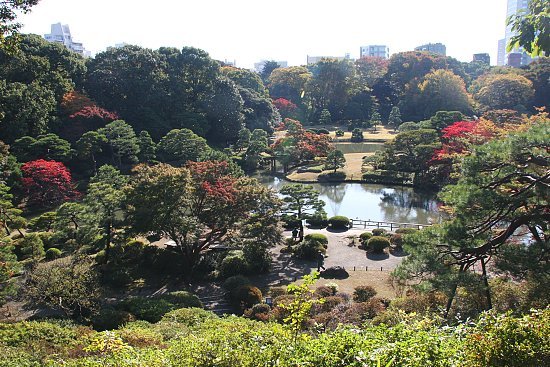
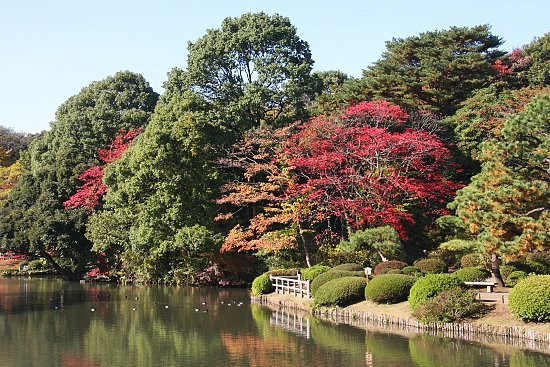
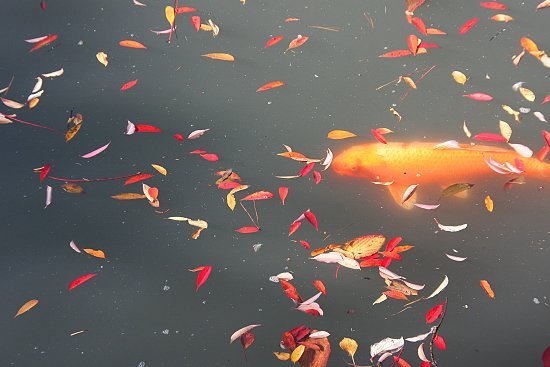
Rikugien Garden is one of the most attractive Japanese style gardens in Tokyo. It was built about 300 years ago, and has a large pond at its center. There are already a number of trees at the garden that have become quite colorful, but the garden should become even more attractive into next week.
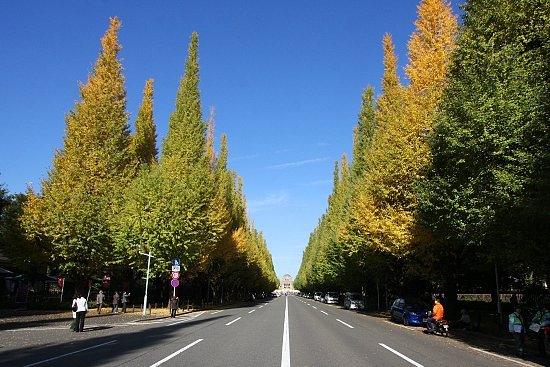
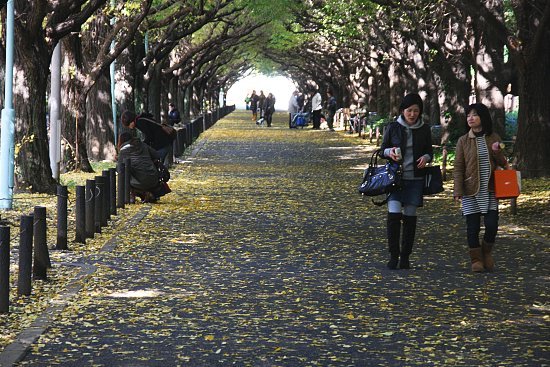
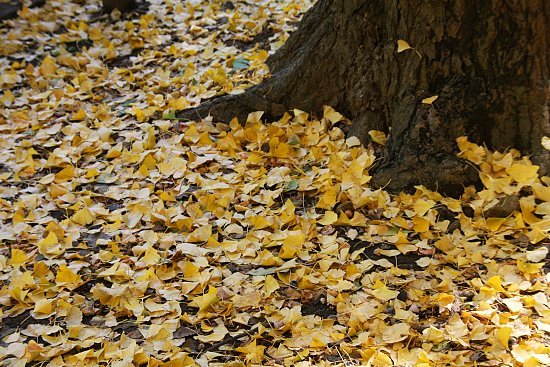
The Icho-namiki Ginkgo Avenue is located near the Aoyama-icchome Subway Station in western Tokyo. It is a street lined with massive ginkgo trees which become a beautiful yellow color in the fall. Many leaves have fallen already, but the tress are for the most part still quite green. Nonetheless, there were many people along the street this morning taking pictures or sketching. The street should be more attractive and crowded next week.
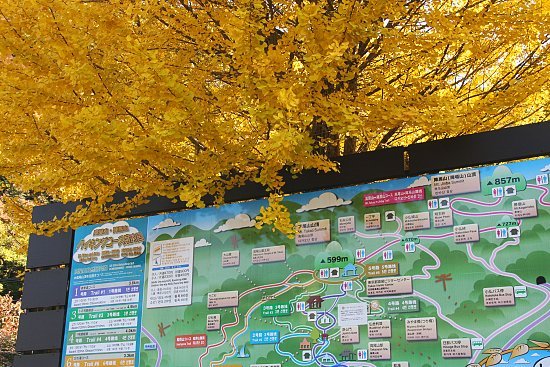
After about an hour train ride west from central Tokyo, I arrived at Takaosanguchi Station to be begin my hike up Mount Takao. As soon as I left the station I saw a giant ginkgo tree that had already turned a golden yellow.
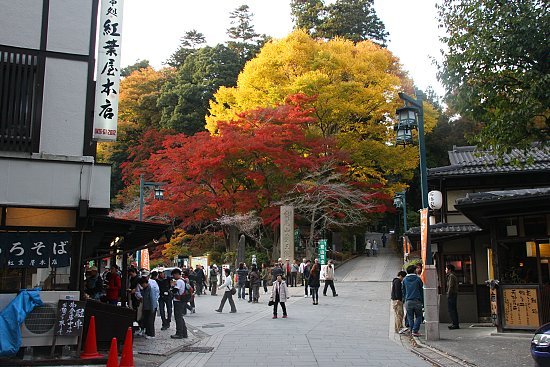
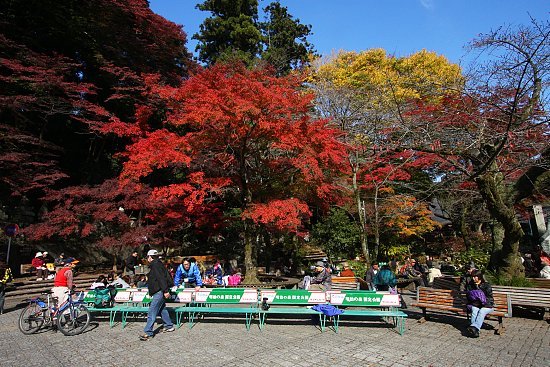
After walking past the few shops before the trailhead and cablecar station I saw even more colorful trees. In addition to the yellow ginkgo trees, there were beautiful red maples as well. I wasn't the only one who had decided to come to see the colors, as there were many other people at the base of the mountain. Takao is certainly one of the best spots to see fall foliage near Tokyo at the moment, and is bound to be quite busy as long as the colors persist.
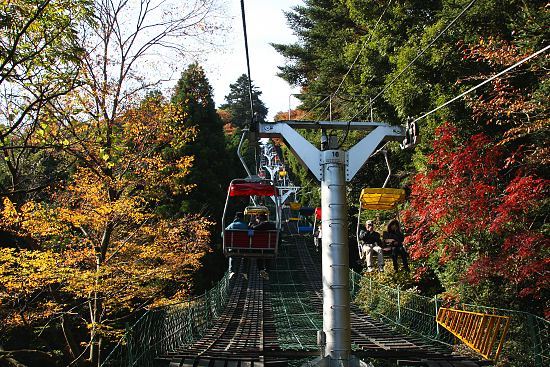
Rather than take the cable car or hike, I decided to go up the mountain by a chairlift that is also available. There was a bit of a wait for the cablecars and I was hoping to get a good view on the way up. Neither the charlift or cablecar go directly to the summit, and to reach the peak a considerable hike is still required.
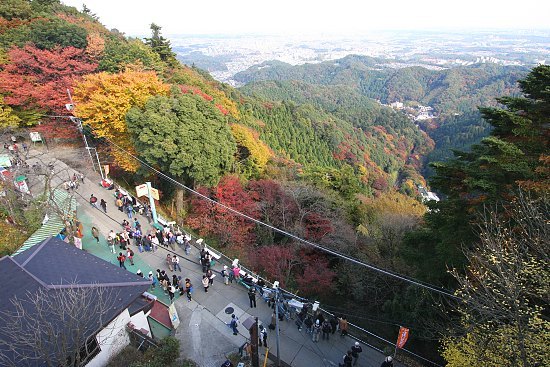
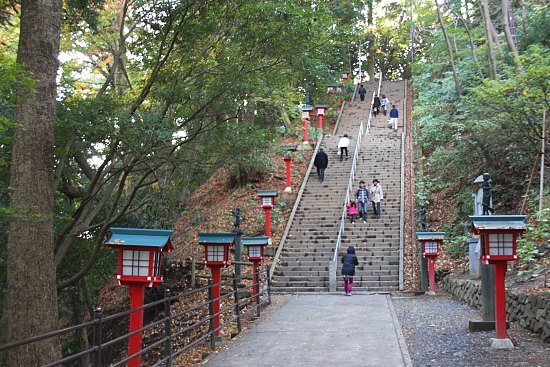
The views were pretty good on the chairlift, but it wasn't until I reached a rest area shortly after getting on my feet again that I could really get a good look of the area. There was also quite a few colorful trees as well that complemented the view. Based on the experience of previous years, I took the number one trail up to the summit. The walk was quite pleasant, but there was not too much in terms of koyo along the route.
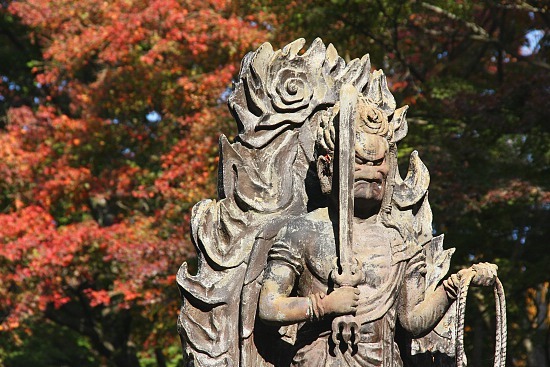
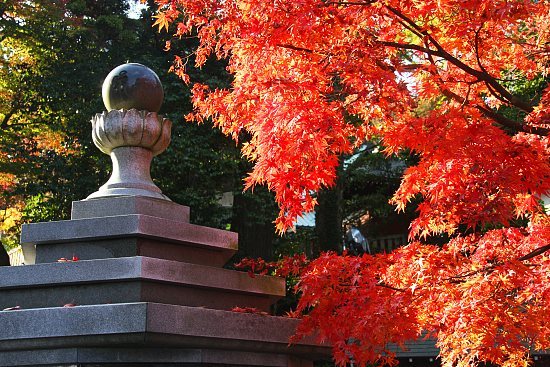
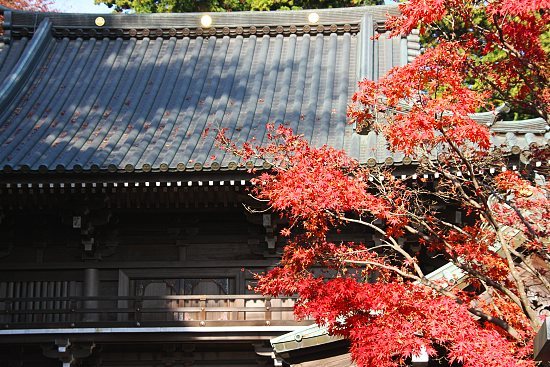
The Yakuoin Temple is located along the way to the summit, and there were a few trees on the temple grounds that were changing color dramatically. In conjunction with the temple buildings, this made for some interesting photo opportunities.
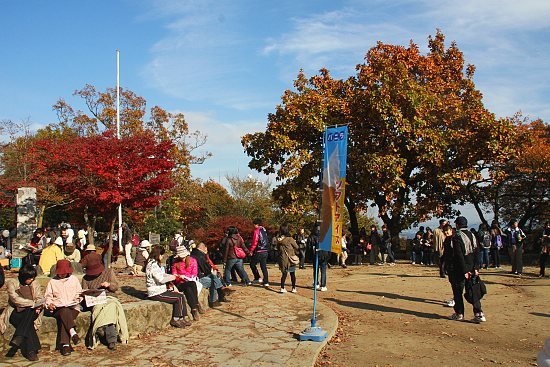
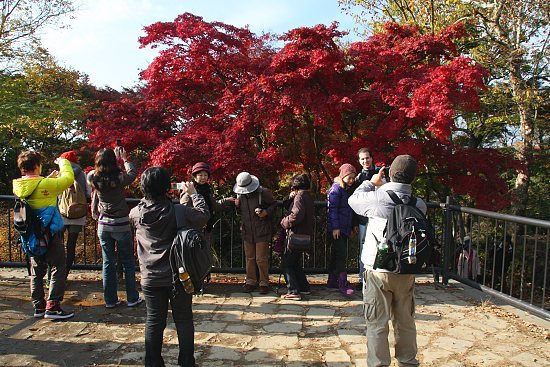
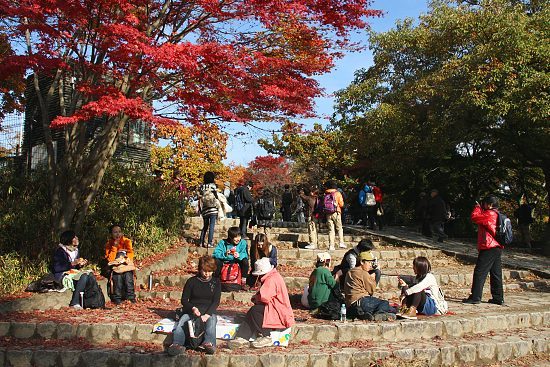
The summit of Takao has an elevation of about 600 meters and the final approach to the top is not very steep. There were quite a few nice trees at the top, but in my opinion the very best trees I had seen were at the base of the mountain. Nonetheless, today was a clear day and the views onto the city were very interesting. Sitting under one of the red maple trees was a good way to take a break after walking up the mountain.
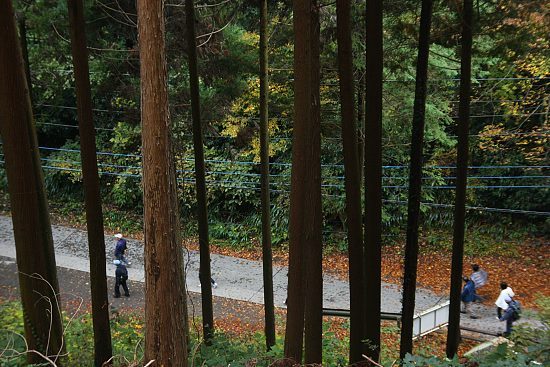
For the return trip to the train station I decided to hike the entire distance rather than take the chairlift or cablecar. It may have also been the faster decision, since when I passed the chairlift station on the way back down there was a lineup of well over a hundred people. The hike down was very steep and there was little in terms of colors, and I would probably not bother hiking it again the next time I go to the mountain.
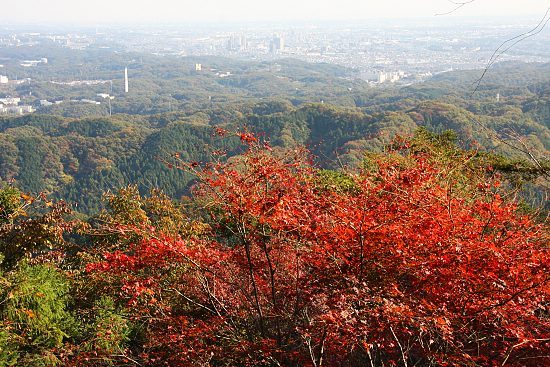
| previous post |
| next post |
|
List of Posts:
2010/12/09 - Tokyo Report 2010/12/06 - Kamakura Report 2010/12/01 - Kyoto Report 2010/11/30 - Tokyo Report 2010/10/27 - Kuju Report 2010/09/29 - Oze Report |
Questions? Ask in our forum.